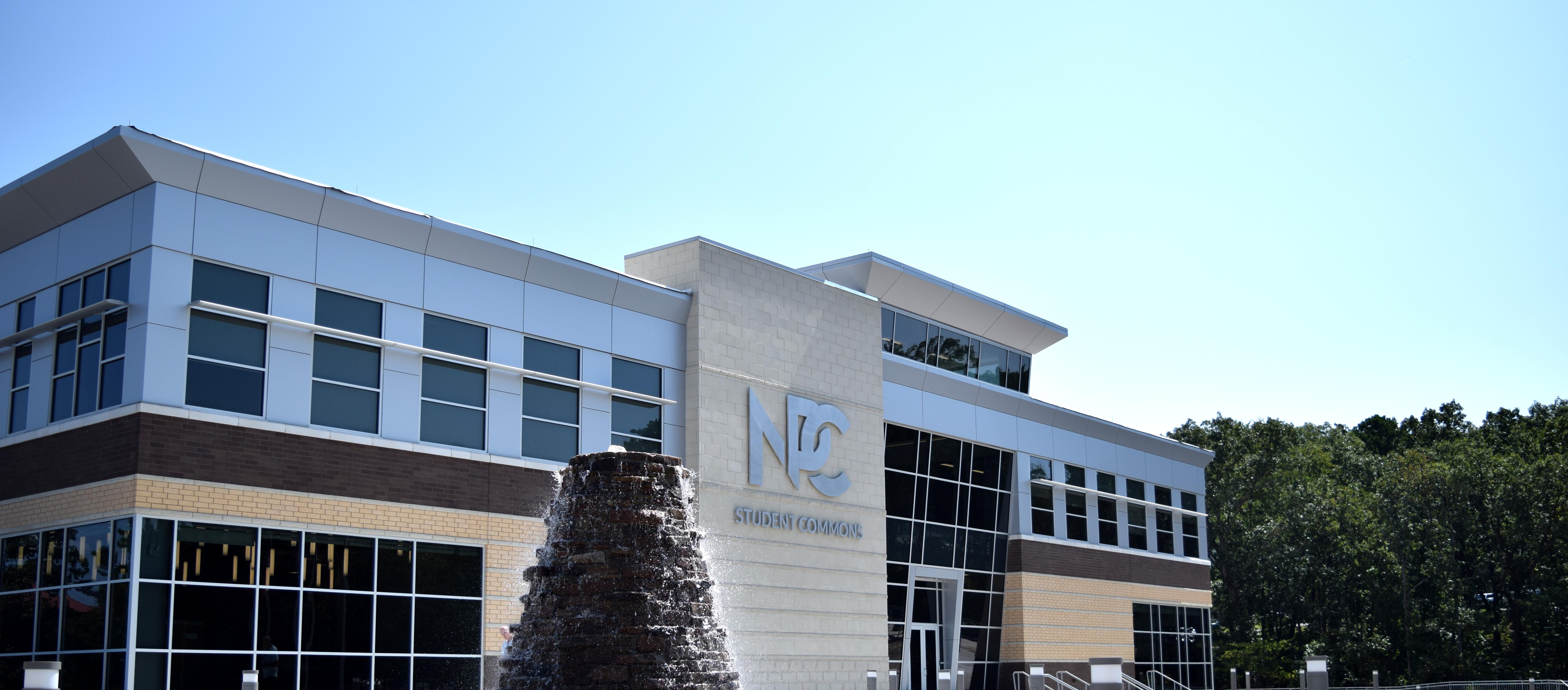| |
Dec 03, 2025
|
|
|
|
|
MATH 2254 - Calculus III* 4 Credits
Calculus III introduces three-dimensional mathematics. Topics include vector geometry and vector functions; space curves and the calculus of vector functions; multi-variable functions and their graphs in three dimensions; partial derivatives; applications of partial differentiation including directional derivatives and three-dimensional optimization; multiple integrals; triple integrals using spherical and cylindrical coordinates; vector fields and Green’s Theorem and Stoke’s Theorem if time permits.
Prerequisite: MATH 2224 - Calculus II* with a grade of “C” or better
Course Level Objectives
Upon successful completion of this course the student will be able to:
- Utilize basic vector operations such as the dot product and cross product in applications. (GEO 3)
- Find equations of lines and planes in 3-space. (GEO 3)
- Identify basic quadric surfaces and cylinders. (GEO 3)
- Evaluate limits, derivatives, and integrals of vector-valued functions of one variable and for the associated curves find arc length, curvature, tangent lines, unit tangent vectors, principle unit normal vectors, and binormal vectors. (GEO 2, 3)
- Compute limits, partial derivatives, directional derivatives, and gradients for functions of several variables. (GEO 3)
- Use differentiation to determine tangent planes, relative extrema, and absolute extrema of continuous functions on closed and bounded regions for functions of several variables. (GEO 3)
- Use Lagrange multipliers to find extrema of a function subject to one constraint. (GEO 3)
- Apply multiple integrals in 2 and 3 dimensions, in various coordinate systems to calculate areas, volumes, surface areas, mass, and centers of mass. (GEO 2, 3)
- Evaluate line integrals, surface integrals and flux integrals directly. (GEO 3)
- Apply the Fundamental Theorem of Calculus for Line Integrals, and Green’s Theorem, Stokes’ Theorem, and the Divergence Theorem appropriately. (GEO 1, 3)
- Identify conservative vector fields and find potential functions for conservative vector fields. (GEO 3)
- Solve 2nd order linear differential equations. (GEO 3)
- Use technology to collaborate, solve problems, represent data, and present solutions. (GEO 1, 4)
ACTS Equivalent Course Number: MATH 2603
Add to Portfolio (opens a new window)
|
|

